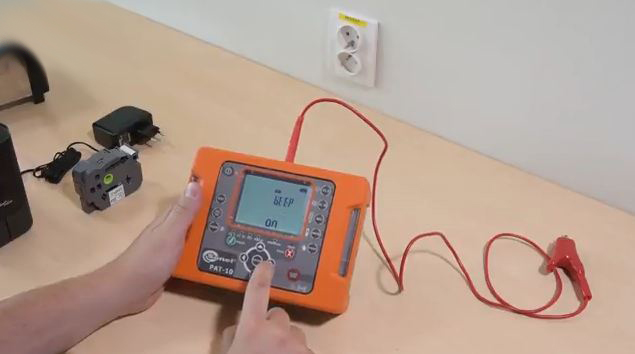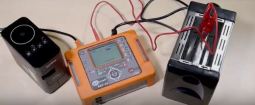
There is no better time to start your own test and tag business than now. When it comes to potentially dangerous tasks like testing and tagging electrical appliances, people are more likely to outsource rather than DIY. Business owners and company managers also have greater awareness now of their responsibility for ensuring their employees’ safety.
But before you go ahead and draw up a business plan, know what’s required to succeed within the industry so you can save yourself a lot of time and money.
- Knowledge and competency
Besides having a strong understanding of the job, the bare minimum requirement here is obtaining competency. It’s not enough that you know the procedures and instruments involved. While you don’t have to be an electrician, you must pass the test in order to be considered a “competent person.”
How do you do that? By getting the proper training and advice, as well as getting practical experience with various test scenarios.
-
 Testing equipment
Testing equipment
There are different test equipment options available, and it’s imperative that you know each one very well. Basically, you must know the specific features to look for in a portable appliance testing (PAT) equipment. Since you’re offering test and tag as a service, you’ll need an extensive range of tests at your disposal.
When investing in test equipment, consider solutions that can be upgraded as your business grows. For example, some testers allow you to add a printing functionality.
Once you have established your Test and Tag business, Metrotest can assist with tag design and supply making you more competitive and professional than any other companies in you ares. Check out our current Test and Tag supplies.
- Support network
Having support in every part of the business is vital to its success. Since you’re new to the business, you’ll want to build a support network to help you at some point. This can include getting acquainted with industry associations to stay on top of industry updates, or knowing where to get technical advice when you’re onsite.
Aside from the technical aspects, you’ll also need support in the business part of it — bookkeeping, insurance, management, etc.
Satisfied clients are also an integral part of strong support system. So as you start in the business, be sure to follow best practices. For instance, as we’re talking about potentially dangerous appliances and human safety, it’s a big no-no to take shortcuts when testing and tagging.
Mindful and quality service is what will build your reputation, which will result in repeat business.
- Professional reporting
Since you are providing professional services, your level of reporting must be at the same standard. These reports are a company manager’s proof that they are doing their job of keeping employees safe at work. So more likely than not, they will require a detailed testing report that shows extra information other than the Pass/Fail remarks.
A professional report must include the items that were tested, actual test readings, testing/retesting dates, numerical values of the testing that was carried out etc. What you’ll need in addition to the right testing equipment is a software that will streamline the reporting process.
If you need help getting started, sign up for one of our Test and Tag Training Courses today!









